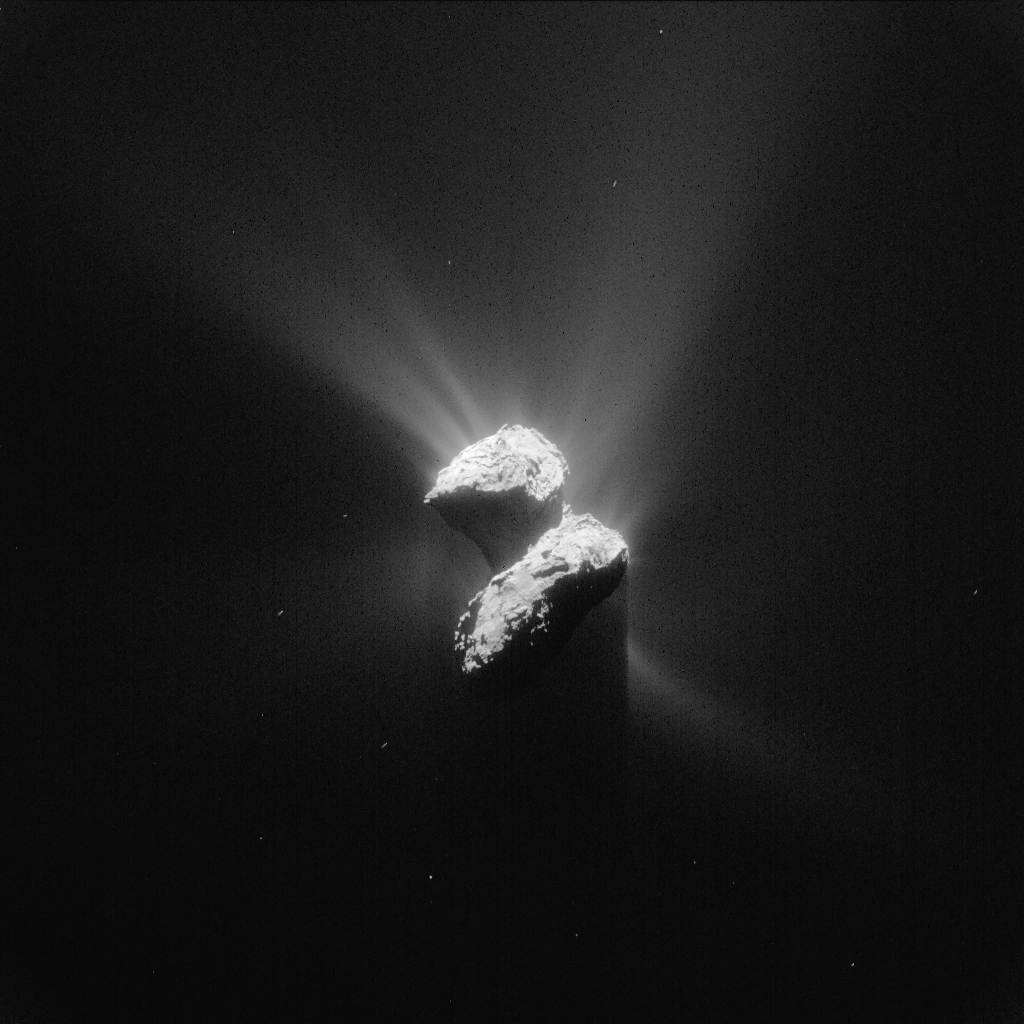Watch: Prof. Kathrin Altwegg: Deciphering the origin and evolution of our solar system from the chemical composition of 67P | On Things to Come

On 30 September 2016 the European Space Agency’s Rosetta spacecraft softly crash-landed on comet 67P/Churyumov-Gerasimenko and brought an intense period of more than 2 years of continuous investigation to an end. Rosetta data led to many discoveries about the origin of the material and the processing in our early Solar System. Among the payload instruments, ROSINA, the mass spectrometer suite, obtained fundamental properties of the comet by analyzing the gases emanating from its nucleus.
By now, more than 77 parent molecules have been identified in the cometary coma, ranging from the highly volatile N2, Ar, CO and CH4 to semi-volatiles like NH4Cl. Data taken during dusty periods around perihelion reveal a wealth of organic hydrocarbons, pure and heteroatomic species like e.g. naphthalene and benzoic acid. The average elemental abundance of these organics (normalized to C) C1H1.56 O0.134N0.046S0.017 compares very well with the results from the Rosetta dust mass spectrometer COSIMA except for the higher H/C ratio, which implies a connection between these two reservoirs. Besides detecting many organic molecules and salts never seen in space before, ROSINA was also able to measure isotopic abundances for noble gases, oxygen as well as D/H in several molecules. Most isotopic ratios turn out to be non-solar, pointing to a heterogeneous nature of the protoplanetary disk. Some of the findings clearly point to unprocessed ice from the prestellar stage which allows to study chemistry in the presolar cloud more or less “in situ”.
Thanks to ALMA and other highly sensitive telescopes, these findings can now be compared to measured abundances from ISM to clouds to protoplanetary disks in order to understand the processes, which finally led to the formation of planets and maybe life.
About Prof. Kathrin Altwegg

